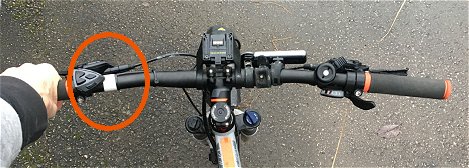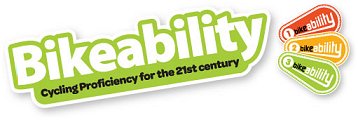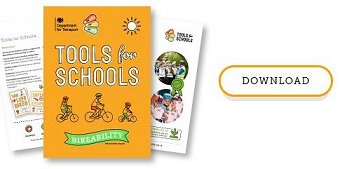Cycle Training
Apart from cycle handling skills, and road craft, advice is available on choosing equipment, and choice of commuting routes.
Children can be accompanied on their first few rides to school, highlighting hazards, finding alternative routes, and learning safe riding strategies.
The old 'Cycling Proficiency Test' has been replaced by the Bikeability Scheme, which accredits cycling instructors, and provides support materials for teaching cycling and road safety.
In 2018/2019 Cheshire East schools trained 2,499 young people at the first level, 3,519 at level 2, and 479 were trained at level 3. source
There are some local instructors who work with all ages:-
Cycling UK (formerly CTC, the Cyclists Touring Club) offer lots of helpful advice on their website.
British Cycling have published series of 13 videos about cycle
commuting.

Hazard Avoidance
You can ride a bike for many years and not think twice about which brake lever controls each wheel. You just squeeze them both to stop.
But in slippery conditions, knowing which lever is which can make the difference between staying on your bike and coming off.
If this is something you are likely to forget, a band of coloured tape on the handlebars beside the rear brake lever will help.

Essentially, your wheels only steer when they are rotating. If you brake so hard that you lock
a wheel, it becomes a simple rubber pad resting on the ground, with no directional influence.
If you lock up the back wheel, it will tend to skid sideways,
but this is easy to correct. Some people skid like this for fun.
The front brake has more stopping power, so don't neglect it in an
emergency, but if you lock up the front wheel, you will lose all steering control, and probably fall off.
The trick is to prefer your back brake on slippery surfaces such as mud, wet leaves, loose gravel, and ice.
Ice is perhaps the most dangerous surface for a cyclist, and black ice
looks much like a harmless puddle. If you find yourself on ice, try to
go straight, not turning, not braking, and not pedalling; just
freewheel until you get to a grippier surface.
Releasing the brakes on a downhill ice patch can require bravery, but if you can
delay your braking until you reach safer ground, it will be worth the adrenaline rush.
When going uphill on slippery surfaces, pedal gently so as not to spin the rear wheel, and lean back to put more weight on the rear wheel so that it grips better.
Finally, if you want to avoid something in your path, look some distance ahead at
where you want to go, not at
what you are trying to avoid in the foreground.
If you focus on the obstacle, you will be drawn towards it.........











